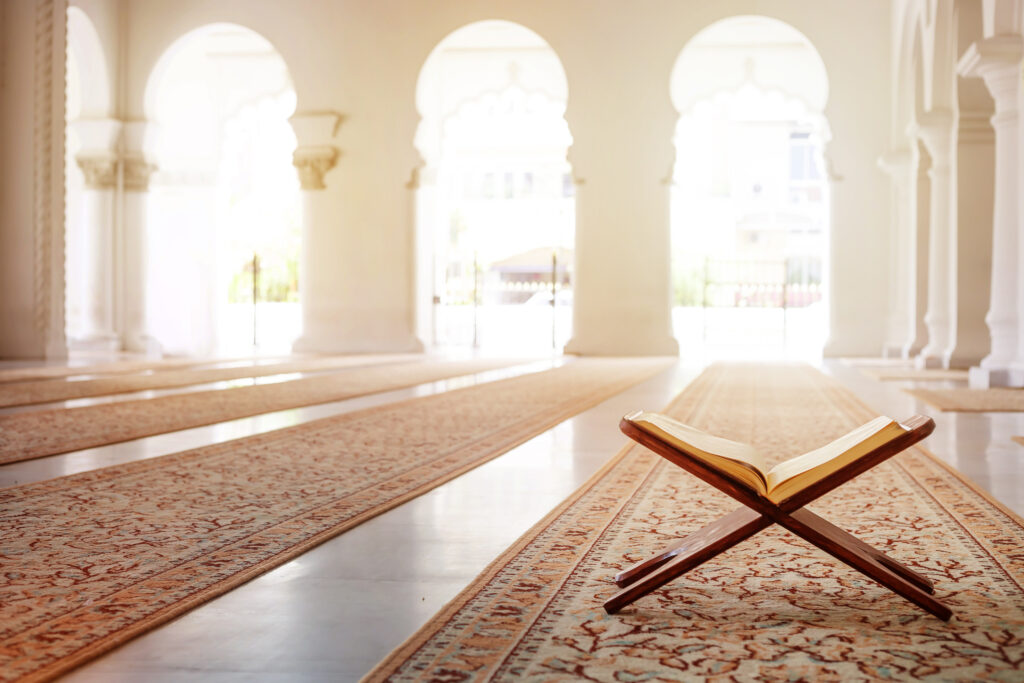
Worship and prayer are routine practices of Muslims around the world. As such, ensuring that visitors regardless of disability have unobstructed access to Ablution and Prayer Rooms is vital when designing any new public spaces and buildings.
Not only is the ability to worship and reflect a right of everyone, but accommodating People of Determination is necessary to the extent that Ablution and Prayer Room accessibility is set out in law.
For instance, under the UABE KSA, it is required that access to areas of places of worship and/or reflection should be provided in all public buildings in Saudi Arabia, and that Ablution rooms are fully accessible to accommodate wheelchair users.
In the United Arab Emirates, the Administrative Resolution No. (90) of 2022 concerning Prayer Rooms in the Emirate of Dubai specifies that “A place that belongs to a Government or non-Government entity, is designated for performing prayers, and is open to the public”. Under this definition, not accommodating the personal requirements of PoD’s would be classed as a form of discrimination.
But what actually makes a Prayer Room accessible?
Various elements will determine a place of worship’s level of accessibility, from the placement of sanitary equipment and grab bars in ablution spaces, to the aesthetic design of the rooms themselves, which is determined by factors such as LRV (Light-Reflectant Value) and color contrast. Aesthetic choices like these might seem oddly specific, but make a huge difference to whether a person with a visual impairments is able to comfortably navigate the space and worship. Guidelines relating to Ablution spaces, in particular, come with specific dimension requirements so that venues are able to efficiently accommodate wheelchair and mobility aid users – outlining the correct amount of accessible space for maneuvering, as well as the placement of sinks and shower hoses.
Furthermore, ample seating should be provided at entrances and locations where people are required to remove their shoes, as well as in the prayer hall to allow people who cannot bend to pray.
Despite the availability of design guidance on accessible Prayer Rooms and the requirement to provide them by law in many Arab states, there are various opportunities to integrate best practice into Prayer Room design that are not mentioned in existing legislation.
Accessibility benefits all, yet not every existing Prayer Room could be reasonably considered accessible. If your goal is to ensure inclusion and access for all at your Place of Worship, contact our team today.
